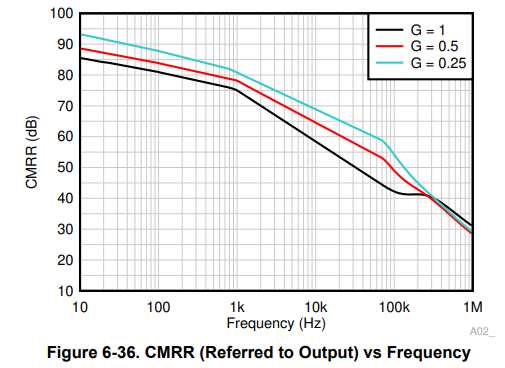Other Parts Discussed in Thread: TLV9062
Hi experts,
Could you help to clarify the difference between differential layout of general purpose amplifier like TLV9062 and INA500? Whether input impedance and CMRR of INA500 can improve sampling accuracy?
What are the advantages of the INA500 over TLV9062?
Would INA500 be more stable than differential sampling with TLV9062 for 50 Hz differential mode signals and 30 khz common mode signals?
Best Regards,
Jim




